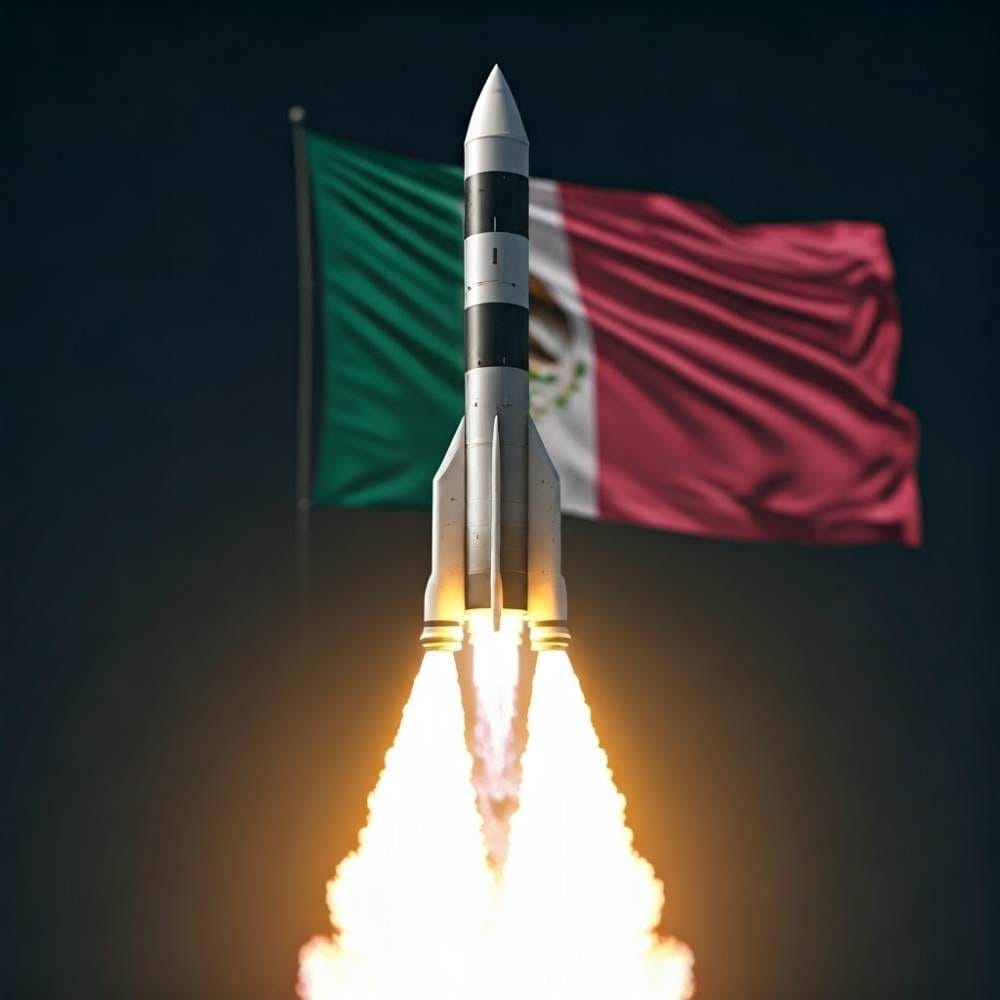How Mexican Institutions Are Leveraging Space Technology
Mexico is investing in space exploration and satellite technology. The National University and the Mexican Space Agency are leading the charge, aiming to expand internet access and cultural outreach. The government is also supporting the development of domestic satellite technology.

In an era where technology relentlessly reshapes the landscape of communication, Mexico finds itself at the crossroads of opportunity and innovation, looking to the skies for solutions. At the International Forum on Space and Satellite Communication, hosted within the historic halls of Mexico City’s Palacio de Minería, key stakeholders convened to discuss how advancements in space and satellite technology could revolutionize telecommunications and cultural outreach. The forum underscored an evolving national strategy aimed at leveraging satellite communications to bridge divides and propel the country into a new technological era.
Iván Trujillo Bolio, the general director of TV UNAM, emphasized the National Autonomous University of Mexico’s (UNAM) longstanding commitment to satellite communications as a means of extending cultural benefits across the nation. “The National University,” Trujillo Bolio noted, “has been attentive to both the advances and challenges in space matters for research and study.” His statement underscored a broader vision, one that sees technology as more than an academic curiosity but as an essential tool for societal enrichment.




